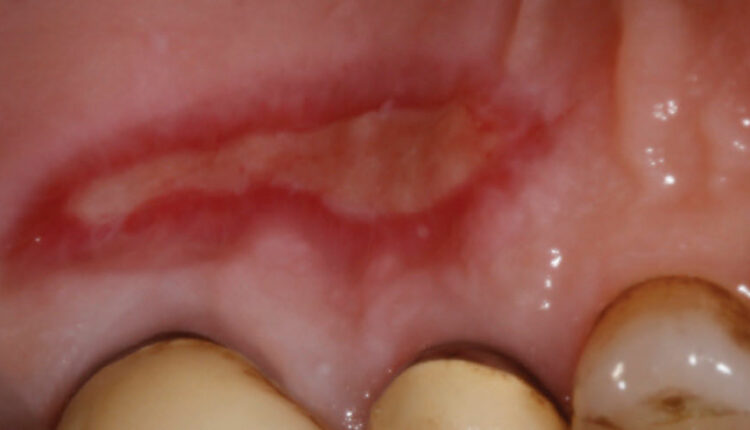The Role of Non-Autogenous Grafts in Treating Mucogingival Defects

Mucogingival defects are characterized by the deviation of the normal dimension and morphology between the gingival margin and mucogingival junction. Gingival recession and lack of attached gingiva are among the most commonly diagnosed mucogingival defects. Gingival recession is described as the apical migration of the gingiva beyond the cementoenamel junction and appears to be prevalent in more than 50% of adults.1 If left untreated, the prevalence, severity and extent of recession could increase with age.2 It has been observed that accumulation of bacterial plaque around the gingival margin could lead to periodontal inflammation and tissue breakdown, resulting in gingival recession.3 However, contributing factors — including toothbrush abrasion, history of orthodontic therapy, aberrant frenal attachment, and lack of attached gingiva — can also lead to recession.4–7 The undesired consequences of gingival recession include dentinal hypersensitivity, poor esthetics, root caries, and development of other mucogingival defects, such as lack of attached gingiva, rendering the area vulnerable to inflammation and plaque retention.8
* References and figures can be found in the original article via the link above.






Responses